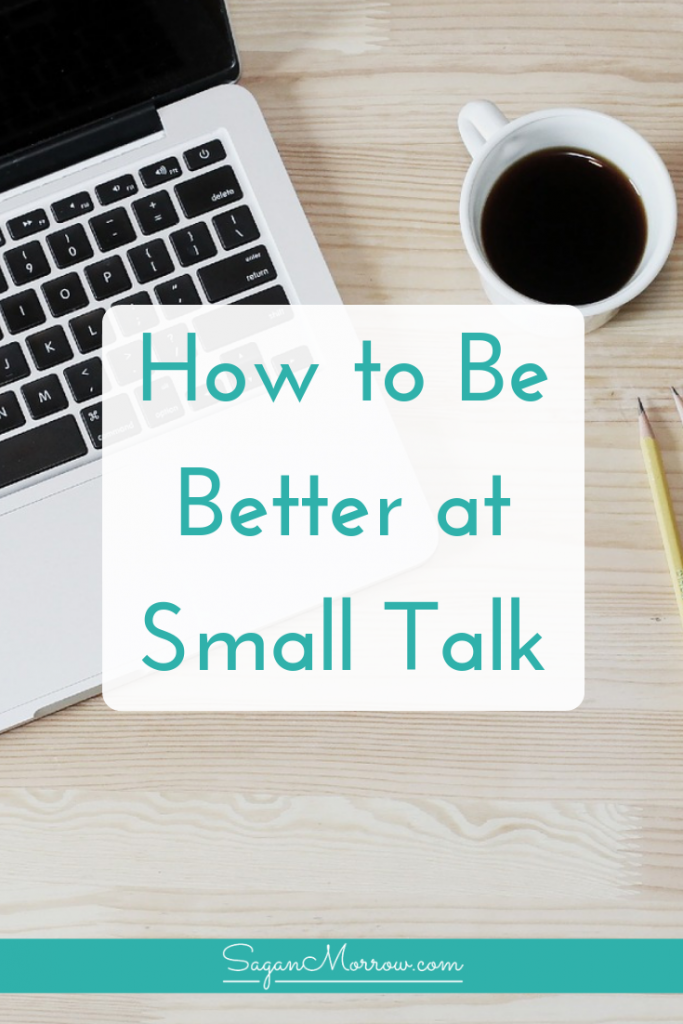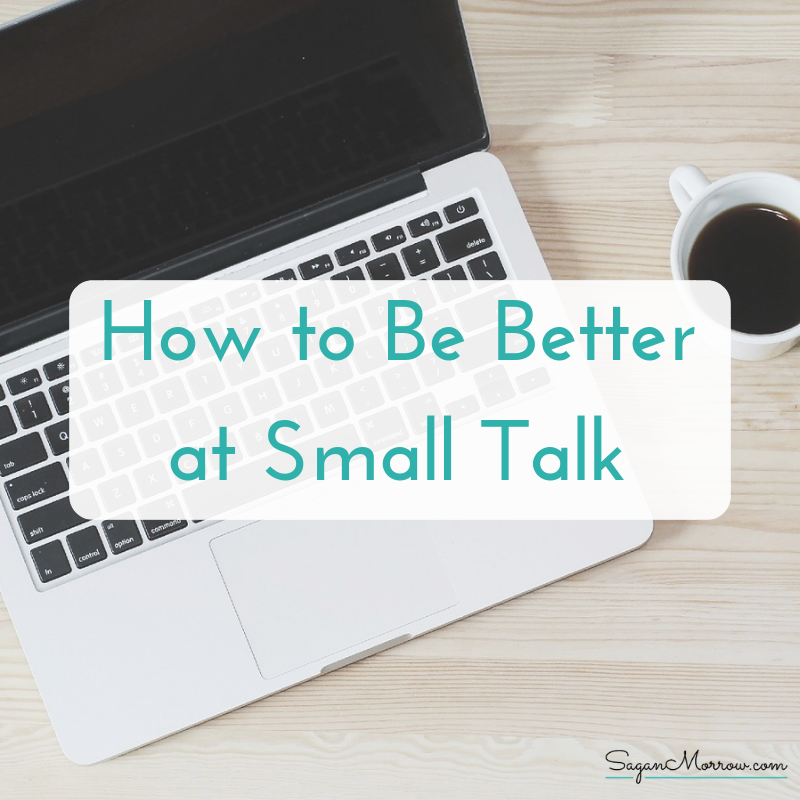I go to events fairly regularly—not necessarily networking events, but receptions and other events where there are opportunities for mingling. And small talk is so not my thing.
Moreover, I’m not the kind of person who can just walk up to someone and say, “hi, my name is ___ and I do XYZ.” That’s not my style, and it doesn’t feel authentic to me—just like how, 9 times out of 10, it doesn’t feel authentic for me to give someone my business card, unless they ask for it or they’ve basically said that they need something I do or that they’d be interested in reading my blog, etc.
With this in mind, I decided to arm myself with a series of conversation starters to take to any event. If you suffer from the same feelings about meeting people at events as I do, then hopefully this two-step process to starting a conversation (basically, how to be better at small talk!) will help you, too!
1) Comment on something in the vicinity with a leading question or statement.
The key is leading question or statement.
The idea here is that you walk up to someone, and you make a comment about something that is nearby. Perhaps you’re at the buffet table and each trying a piece of food, or perhaps you’re looking at artwork on the wall, or perhaps you’re both consulting the program for an event.
If you just say, “the shrimp dumpling is delicious!” or “it’s a lovely work of art, isn’t it?” or “I’m looking forward to seeing XYZ speak tonight,” the other person will probably just smile, nod, and walk away.
On the other hand! If you say something that invites the other person to respond or bring their own idea to the table, you’ll be able to get the conversation going a little bit.
Examples for how you could provide leading questions or statements include:
- “Have you tried the shrimp dumpling? It’s great! It reminds me of an appetizer I had at XYZ restaurant.”
- “The colors in this painting are gorgeous. Do you know much about the artist?”
- “There are so many great speakers lined up tonight! Is there anyone in particular that you came to see?”
2) Have a follow-up question or comment after your leading question / statement.
Hopefully, after using the above leading questions or statements, the other person will respond with something like, “OMG that’s a great restaurant!” and you’ll be able to discuss your shared love of food, or “I don’t know much about the artist, but it’s the lines that really stand out to me in this piece. Did you see the composition in the painting over there? It’s amazing,” and you’ll be able to discuss artwork and what you’re both doing at this event, or “I saw this person at XYZ event and they were fantastic—but I don’t know much about the others; do you?” and you’ll be able to discuss your interests and work. 
That won’t always happen, however, which is why it’s a good idea to have another leading statement or question at the ready in case your first one doesn’t incite the response you were hoping for.
In this case, a few additional statements / questions (if the person you’re trying to speak with seems noncommittal) include things like “So what brings you to this event?” and “I haven’t been to one of these before. Have you?” and “Do you know about…”
You could also compliment the other person (sincerely) on anything from their shoes or the presentation they gave earlier at the event.
With the second stage of leading statement / question, you want to switch tactics from your initial statement / question. If they were noncommittal and didn’t bite, then it’s time to try a different topic!
Grab your checklist for preparing to work from home full-time >>

[…] That being said, this might not be the best strategy. In fact, I’ve become convinced that you should always leave someone wanting more when you go to events! Here’s why (and how to network effectively at events): […]
[…] mentioned it before and I’ll say it again: I am not the kind of person who can just walk up to someone and say, […]